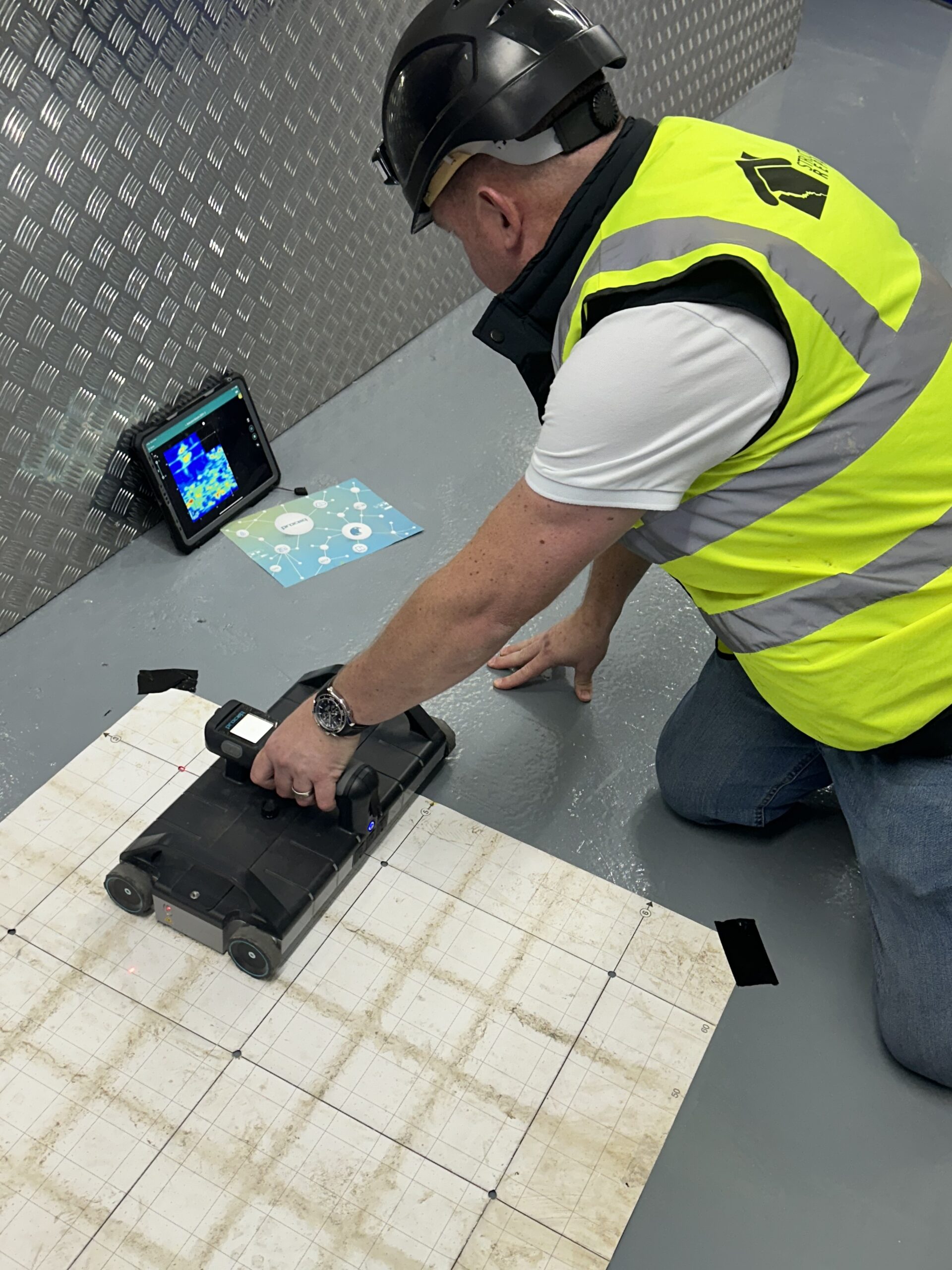Check Out RainierGPR Service Areas for Expert Concrete Scanning
Check Out RainierGPR Service Areas for Expert Concrete Scanning
Blog Article
Concrete Scanning: A Vital Action Towards Making Sure Architectural Integrity and Safety
In the world of building and construction and facilities upkeep, the value of concrete scanning can not be overemphasized. This careful process holds the key to unveiling potential threats concealed under the surface of seemingly solid frameworks. By utilizing advanced technology and methodologies, concrete scanning acts as a crucial tool in ensuring that the integrity and safety and security of bridges and structures are upheld to the greatest criteria. Nonetheless, past its surface-level ramifications, the role of concrete scanning expands far much deeper than meets the eye.
Significance of Concrete Scanning
Concrete scanning plays a critical function in making certain the architectural integrity and safety and security of buildings and facilities projects. By making use of advanced technologies such as ground-penetrating radar (GPR) and electro-magnetic induction, professionals can non-destructively evaluate concrete structures to find possible defects, gaps, embedded items, and support format. This process makes it possible for early detection of abnormalities that can compromise the security of a framework, preventing expensive problems and guaranteeing the safety and security of occupants.
Before drilling, reducing, or coring right into concrete, scanning aids recognize the exact places of rebar, post-tension cords, and various other embedded components, decreasing the risk of unintended hits that could lead to structural weak points. Furthermore, concrete scanning help in quality control by validating the thickness of concrete covers and identifying any inconsistencies that may impact the general longevity of the structure.
Modern Technology for Concrete Examination

Benefits of Early Discovery
Timely detection of structural problems can dramatically reduce threats and make certain the longevity of building projects. By recognizing potential problems at an early stage in the building procedure, stakeholders can take proactive procedures to resolve concerns prior to they rise into bigger and a lot more pricey troubles. Among the crucial advantages of very early discovery is the avoidance view publisher site of structural failures, which can posture severe safety and security threats and lead to job hold-ups and economic losses.
In addition, very early discovery permits for timely fixings and maintenance, which can help expand the lifespan of the structure. By dealing with issues without delay, construction teams can stay clear of pricey repair services or perhaps the demand for early replacement of structural parts. This positive strategy not only conserves time and cash however additionally boosts the overall safety and security and durability of the building and construction job.
Furthermore, very early discovery can enhance project preparation and decision-making by providing stakeholders with valuable insights right into the condition of the framework. Armed with this details, job managers can make enlightened options regarding construction materials, methods, and timelines, bring about much more effective and effective project outcomes.
Guaranteeing Structural Security
Making sure the architectural security of a building and construction project is critical to its security and durability. Concrete scanning plays a crucial function in making sure architectural security by identifying potential issues such as spaces, delamination, or reinforcement rust that might compromise the honesty of the structure over time.
By using sophisticated scanning innovations like ground-penetrating radar (GPR) and electro-magnetic induction, building experts can non-invasively check concrete frameworks to determine areas of problem beneath the surface. This proactive approach permits the very early detection of weak points or problems, allowing timely repair work or support to avoid structural failures.
Routine concrete scanning during different building and construction stages and throughout the life cycle of a structure can help maintain its security, reduce risks, and ensure the safety of occupants. By focusing on structural security with concrete scanning, building jobs can enhance their strength and longevity, eventually contributing to greater safety and long life.

Stopping Critical Failings
Implementing routine assessments, such as concrete scanning, can disclose hidden issues like spaces, splits, or deterioration that could compromise the stability of a framework. By utilizing advanced scanning technologies like Ground Permeating Radar (GPR) or Concrete X-ray, engineers can non-destructively analyze the problem of concrete and identify weak points that require reinforcement or fixing.

Conclusion
Finally, concrete scanning plays a vital duty in making sure architectural honesty and safety by utilizing advanced technology for very early discovery of potential issues. This proactive approach helps protect against crucial failures and guarantees the stability of structures. It is vital to focus on concrete examination as a standard practice to protect the long life and safety and security of buildings and infrastructure.
Concrete scanning plays an important role in ensuring the architectural honesty and safety of structures and framework jobs. Additionally, concrete scanning help navigate to these guys in top quality control by validating the density of concrete covers and finding any type of discrepancies learn the facts here now that might impact the total longevity of the framework. Concrete scanning plays an important role in making certain architectural security by spotting prospective concerns such as gaps, delamination, or reinforcement corrosion that could endanger the integrity of the structure over time.

In verdict, concrete scanning plays a critical role in making sure architectural honesty and safety and security by making use of innovative modern technology for very early discovery of possible problems.
Report this page